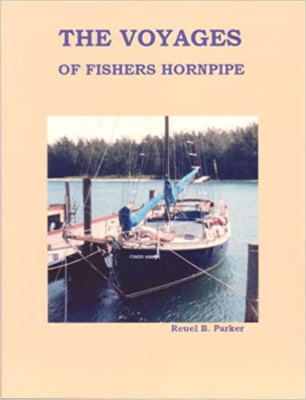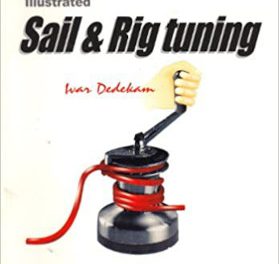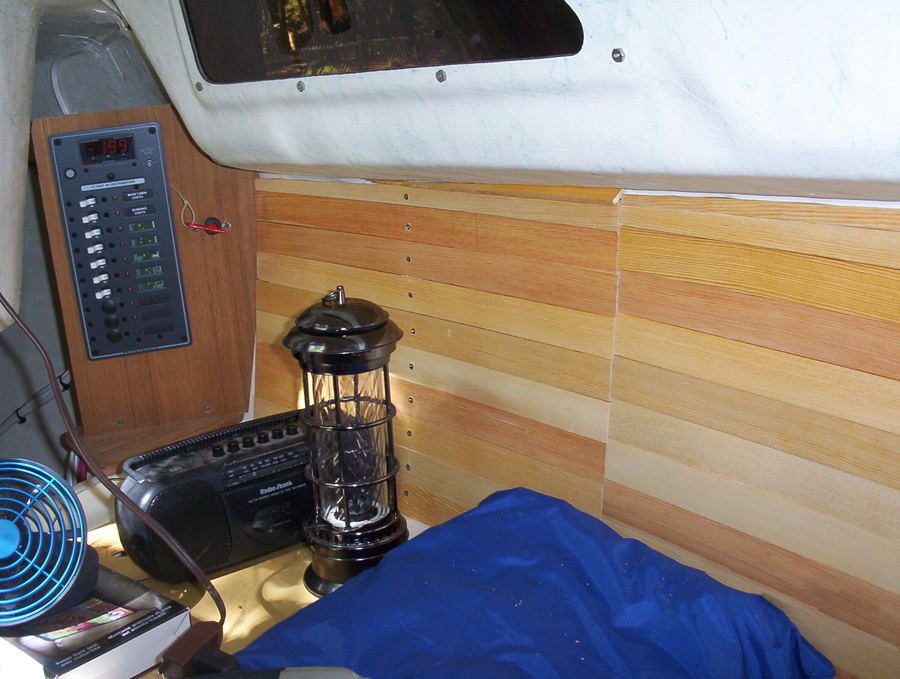
L. Francis Herreshoff, in his introduction to The Compleat Cruiser, holds that there is no better way of instructing than “carrying on a narrative.” Parker’s story revisits 1970’s America and one man who, after Vietnam, finds solace in a California commune and redemption in building and cruising a ferrocement sailboat called Fishers Hornpipe — a fifty-four foot, Patrick Cotton-designed cutter — as beautiful as it is well found.
Thanks to Parker’s uncommon candor, we learn how Fishers Hornpipe works from a fly-in-the-cockpit perspective, wherein the nature of friendship, love, and sexuality is described with the same penchant for authenticity and detail as reefing too late.
Members of Parker’s illustrious and ever-changing crew are nautical equivalents of Ken Kesey’s Merry Pranksters — young men and women with a devil-may-care zest for life that was unique to sailing during that decade or two that had many Americans reeling from a loss of confidence in authority and conventional lives.
We watch adventure-prone novices falling in and out of love with each other between tides, when they make sail changes and paint bottoms, bleed injectors at sea, anchor and drag and anchor well. We watch them navigate in the old way, anxiously piloting through coral heads to reach a safe harbor and struggle with the vagaries of customs martinets. Euphoria and unrequited love tumble in their bow waves and follow in their wake.
Parker takes us from California’s Half Moon Bay to Mexico and Central America, through the Panama Canal and into the islands of the Caribbean. We sail up to Florida, haltingly navigate the Intracoastal Waterway, and skirt the Gulf Stream to Maine. In spite of or, as Herreshoff would have it, because of the story that has us in its grip, we learn a lot.
Parker’s is a holistic view of life at sea — a life that sees boats as things that shape us just as surely as we shape them. He is a man who loves boats and everything that goes with them. And I mean everything. He doesn’t sacrifice truth to propriety, keeping “personal accounts” that will embarrass some and shock a few. But they are never gratuitous accounts and will interest those who wonder at the sea and its secrets.
The charts are refreshingly abundant as cruising narratives go. They are extremely helpful and well-integrated with the text. The frustration of constant back-and-forthing is unnecessary; what you want to see is right there next to the paragraph. Photographs are similarly unified and welcome the reader aboard; I found myself referring to them often and closely.
The Voyages of Fishers Hornpipe by Reuel B. Parker (Parker Marine Enterprises, 2006; 252 pages)




